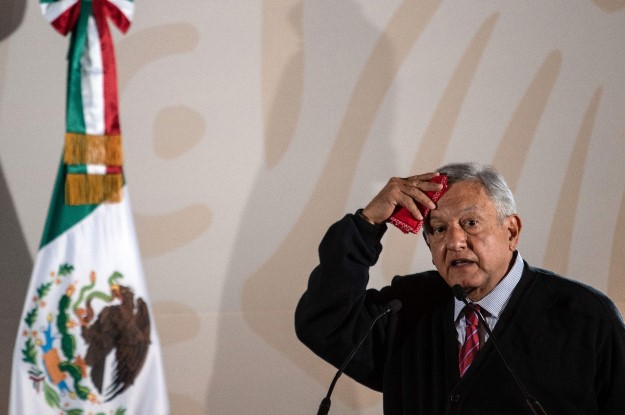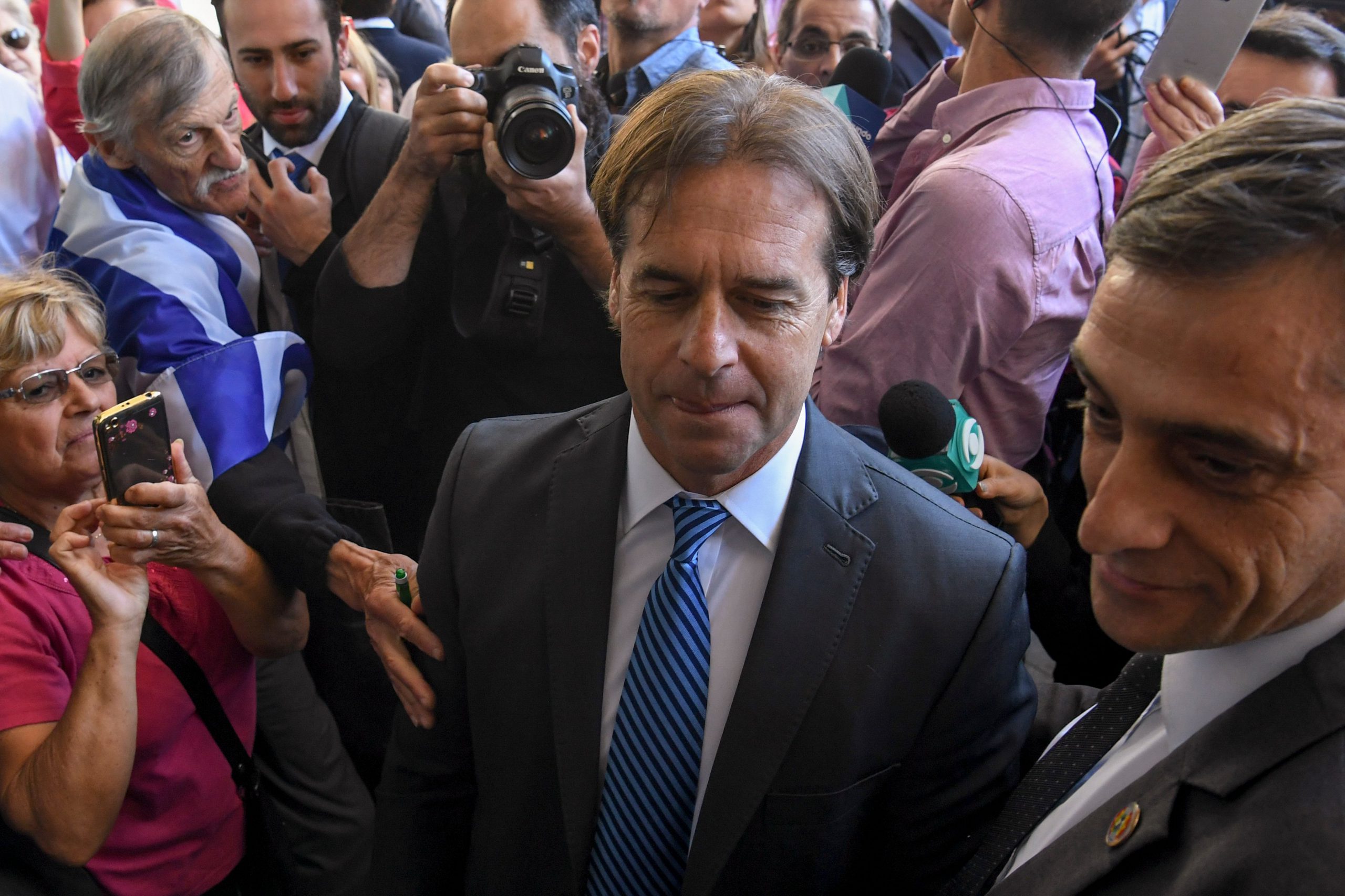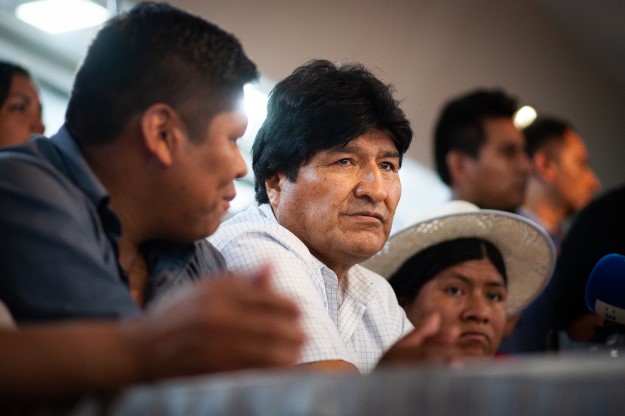Mexican President Andrés Manuel López Obrador has a nostalgic vision of the country he wants to build over the next six years: a return to Mexico’s past in which presidents make decisions while officials and the public simply follow. But after a full month in office, his commitment to that vision – and the lack of care he shows for the risks it entails – have clashed with a country that is far too diverse and dispersed to simply fall in line.
Six years ago, the government of President Enrique Peña Nieto entered office promising wide-ranging constitutional reforms through the Pact for Mexico, an agreement on the PRI’s ambitious legislative agenda that included the then-two largest opposition parties, the PAN and PRD. Though it succeeded in pushing through important constitutional changes, the opposition’s association with the PRI’s history of corruption helped pave the way for AMLO’s rise.
Since his inauguration on Dec. 1, López Obrador has taken a different tack. Rather than negotiating a broad agreement like his predecessor, AMLO is moving by stealthy imposition. He’s advanced at breathtaking speed to remove as many checks on his autonomy and independence as possible – particularly as they pertain to economic regulation. The independent institutions he has not been able to remove or subdue, he has begun to starve by reducing their budgets, as in the case both of Mexico’s national transparency agency and its independent hydrocarbons regulator.
But there are limits to what AMLO can accomplish by these means. The more he pushes forward with a government by imposition, the harder time he’ll have realizing the “transformation” he so desires.
His first budget is a case in point. AMLO is convinced that his government can and should not spend more than it takes in. But there are two problems. First, AMLO’s base, having been promised the sky during the campaign, is ready to collect and won’t just let López Obrador off the hook. Second, business and investment decisions in the 21st century have nothing to do with a president’s wishes.
The budget, presented and approved by Congress in December, was an attempt to appease both constituencies. In the immediate, it seems to have worked: financial markets broadly – though not universally – approved of the proposal without forcing AMLO to compromise on his promises to increase social spending on the young and the elderly and fund pet infrastructure projects. But this is unlikely to hold.
That’s because while the budget didn’t break the parameters of sound macroeconomic management, danger looms if it’s implemented as planned. The budget holds the seeds of an ambitious program that is unlikely to satisfy the same financial markets in the future: investments in a new and economically questionable new refinery, infrastructure projects that will rely heavily on government funding, and a rapid growth in transfers to AMLO’s favorite constituencies, all of which provide disincentives to the growth of private investment or productive employment. In addition, the disbursement of these transfers will be made based on a roster of beneficiaries that was built by AMLO’s own teams, ignoring the official, professional institutions in charge of such activities.
Even then, AMLO’s coalition is so diverse and complex that, one way or another, he’ll soon be forced to accept trade-offs that are inherently contradictory to what markets are hoping for.
Beyond the actual allocation of funds, the process of putting the budget together itself shows why AMLO’s vision of tight presidential control is bound to clash with the reality of governing a modern, dynamic economy. That process was political, full of symbolism and catering to his base and vision. He purposefully reduced allocations to a series of programs and institutions in order to exact their allegiance. The case of Mexico’s universities is extraordinary: university presidents submitted to his wishes and rhetoric, and funding that seemed to have been taken away was immediately reinstated. The point was made very clear: whoever submits to the president wins. Indeed, AMLO’s aim seems to be to recreate the old ideological and political hegemony that characterized the PRI era.
AMLO despises technical considerations; for him everything is political. His recent attempt to thwart rampant gasoline theft is another example of this. AMLO’s top-down, improvised decision, and its amateurish implementation, led directly to scarcity and long lines at gas stations that affected millions of consumers. It’s not clear what he’ll learn from the experience, but one thing is apparent: the real world is different from what he imagines or wants it to be. And yet, so far, he’s enjoying broad popular support for his actions.
This has been the pattern of AMLO’s first month and a half in office. A clear idea of what he wants to do, but a lack of planning and care in execution. Mexicans are paying attention. Despite AMLO’s tight control of his base, the general public is not the submissive crowd of the 1960s. Protests, jokes, memes and demonstrations have marked AMLO’s first days in office, especially during his gasoline debacle. AMLO’s base has already shown fractures; as time goes on, the new president will not only face greater opposition, but the need to spend much more time, energy and resources appeasing his followers.







